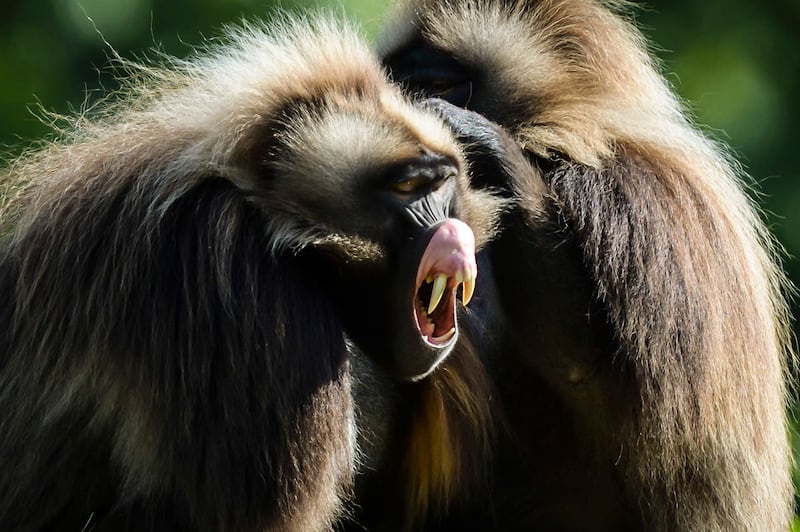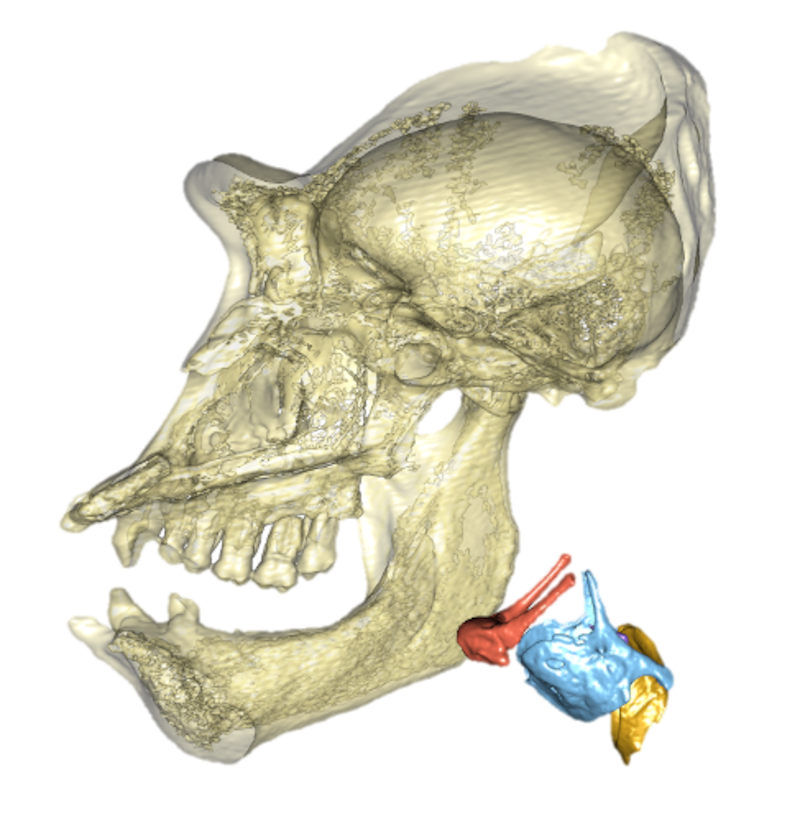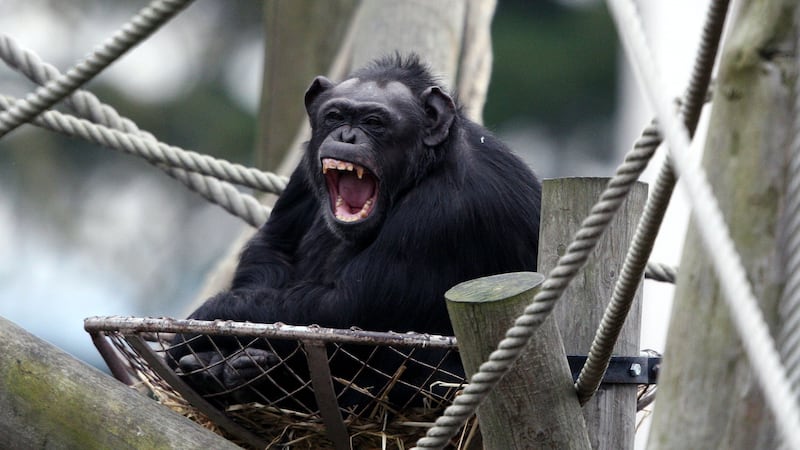The voice box in primates such as gorillas, chimpanzees and baboons is “significantly larger” in relation to their body size, scientists have found.
In a study published in the journal Plos Biology, researchers found that, when compared with meat-eating mammals such as tigers or foxes, the voice box, or larynx, of primates is on average 38% larger, after taking into account individual body length.
The researchers said they also found the primates’ voice boxes to be undergoing faster rates of evolution when compared with other mammals.
They believe this is because the vocal organ is more complex and diverse in primates, including humans, and plays a key role in facilitating social interactions.
Co-lead author Dr Jacob Dunn, reader in evolutionary biology at Anglia Ruskin University (ARU), said: “These results imply fundamental differences between primates and carnivorans in the balance of evolutionary forces that constrain larynx size.

“And they highlight flexibility amongst primates that may help explain why we and other species have developed complex and diverse uses of the vocal organ for the purposes of communication.”
The voice box is located in the neck and performs many important functions which involve swallowing, breathing, and voice production.
Scientists believe this organ to be a key target of evolution, particularly in species such as gorillas with highly developed vocal communication systems.
A team of researchers from Anglia Ruskin University worked with colleagues from Stanford University in the US, and the University of Vienna in Austria, on what is thought to be first large-scale study into the evolution of the larynx.
They looked at scans of voice box specimens of 55 different species and developed 3D computer models to study the organs in detail.

Apart from discovering that primate voice boxes were larger than those of carnivorans, the researchers also found that the sizes of these organs varied relative to body size among primates, whereas carnivorans followed more of a “fixed larynx-size to body-size ratio”.
According to the researchers, this suggests primates have greater flexibility to evolve in different ways.
Dr Daniel Bowling, instructor in psychiatry and behavioural sciences at Stanford University and co-author on the study, said: “Our study also shows that differences in larynx size predict changes in voice pitch, highlighting the larynx’s crucial role in vocal communication.
“This is demonstrated by the rich and varied calls produced by many primate species.
“The results imply fundamental differences between primates and carnivorans in the forces constraining larynx size, as well as highlighting an evolutionary flexibility in primates that may help explain why they have developed complex and diverse uses of the vocal organ for communication.
“This provides an exciting avenue for future studies examining variation among other mammalian groups.”








